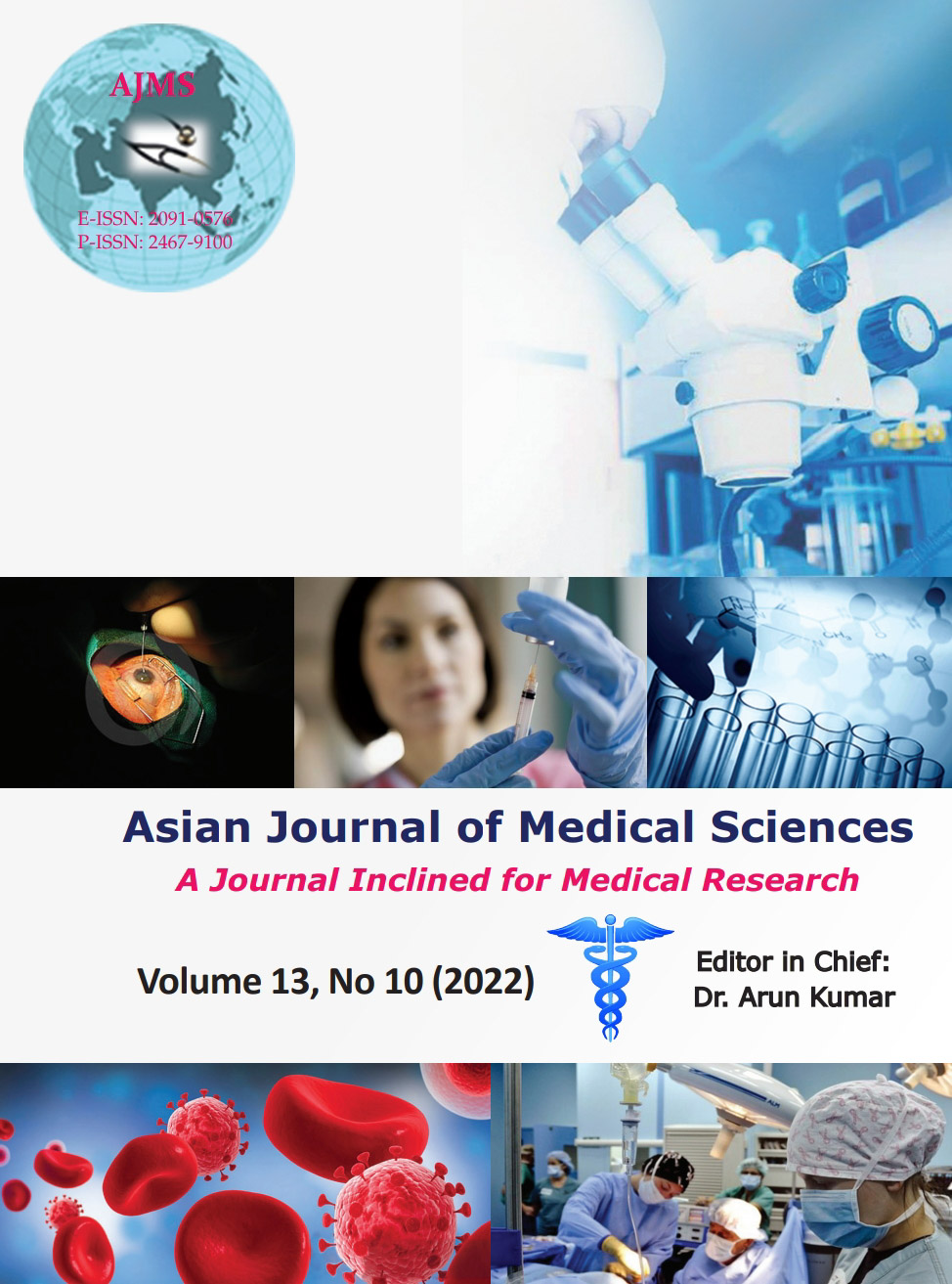Placenta percreta with bladder invasion – a novel approach for management: A case report
Keywords:
Placenta accreta spectrum; Placenta percreta; Internal iliac artery ligationAbstract
Placenta percreta is an obstetric emergency often associated with massive hemorrhage, emergency cesarean section, and peripartum hysterectomy. We present a case of a 30-year-old woman, G4P1L1A2 with placenta percreta managed by an alternative approach. The placenta was left in situ along with B/L internal iliac artery ligation during cesarean section and later on delayed subtotal hysterectomy with bladder repair was successfully performed. Placenta percreta spectrum is an obstetricians dilemma associated with massive hemorrhage and is a potential life-threatening condition for both mother and the baby. Cesarean section with B/L internal iliac artery ligation and delayed hysterectomy may be a reasonable strategy in the most severe cases.
Downloads
Downloads
Published
How to Cite
Issue
Section
License
Copyright (c) 2022 Asian Journal of Medical Sciences

This work is licensed under a Creative Commons Attribution-NonCommercial 4.0 International License.
Authors who publish with this journal agree to the following terms:
- The journal holds copyright and publishes the work under a Creative Commons CC-BY-NC license that permits use, distribution and reprduction in any medium, provided the original work is properly cited and is not used for commercial purposes. The journal should be recognised as the original publisher of this work.
- Authors are able to enter into separate, additional contractual arrangements for the non-exclusive distribution of the journal's published version of the work (e.g., post it to an institutional repository or publish it in a book), with an acknowledgement of its initial publication in this journal.
- Authors are permitted and encouraged to post their work online (e.g., in institutional repositories or on their website) prior to and during the submission process, as it can lead to productive exchanges, as well as earlier and greater citation of published work (See The Effect of Open Access).




